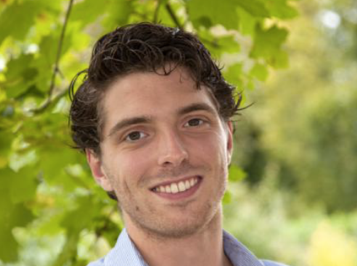From Maastricht University –> To University of Bremen
My own research group works on making deep brain stimulation (DBS) in Parkinson’s disease (PD) smarter. The ultimate goal is to adapt the DBS based on automatically and continuous monitoring with wearable sensors which evaluate the patient’s symptoms. To develop a system like this, we are planning a feasibility pilot in which we want to assess motor fluctuations of Parkinson patients by a continuous monitoring via wearable sensors. This objective information we will combine with subjective digital questionnaires which the patient has to fill in multiple times a day (ESM).
During my YERUN mobility stay, we worked on the development of a data infrastructure which enables analyzing these two different data entities. My host research group is a computer science group which works mainly on speech analysis based on neurophysiological and clinical data (e.g. EMG, EEG, ECoG, facial expression, voice audio recording).
The work during this mobility has gave a head start in the data frame which enables us to analyse two different data entities. A substantial part of two current PhD-project is based on combining these two data structures. So, many of our future work will profit from the work we did in these two weeks.
Jeroen (pronounced “Yerun”) is 28 years old and works as a PhD-candidate at the department of Neurosurgery and Neuroscience at Maastricht University. His research focuses on closed-loop deep brain stimulation in Parkinson’s Disease. Together with his team, he is working on a multi-modal device which records clinical data via a diary application on a smartphone and kinematic data via wearable sensors. Ultimately, this should adjust DBS parameters tailored to the needs of the patient. The combination of the clinical (neurologic and neurosurgical) and the engineering (movement and data sciences) topics suit him very well.
Jeroen Habets was awarded one of the 26 Research Mobility Awards of the 1st call for applications that YERUN offered in 2018.










